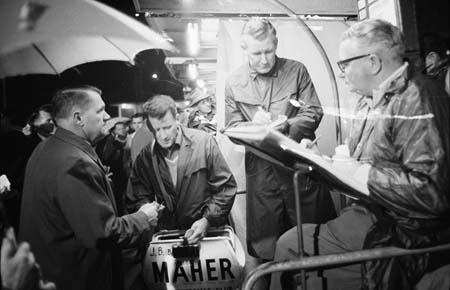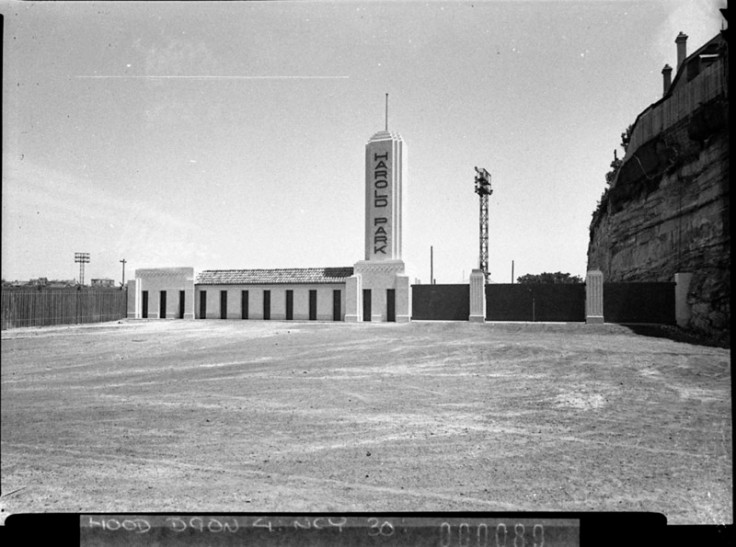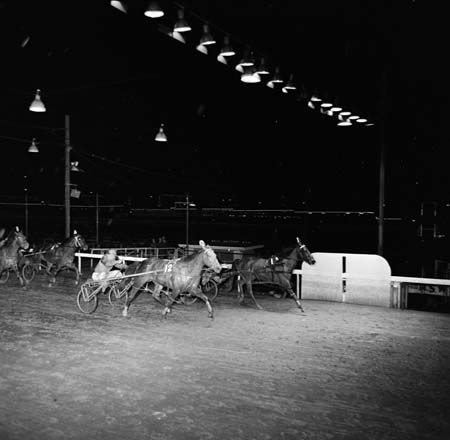Harness racing, also known as trotting and pacing, first became popular in Sydney in the late 19th century. Trotting meets were staged on the site of Harold Park in Glebe in the 1890s. At this time, the recreation ground was known as the Lille Bridge Electric Running Grounds.
Lille Bridge was opened in January 1890 by enterprising dentists, the brothers John and Thomas Spencer. The grounds were host to cycling, pedestrianism (foot races), athletics and pony racing, as well as trotting, all under electric light at night – this was a number of years before electric street lighting became the norm in Sydney. In 1898, Lille Bridge was closed by the Spencers due to lawlessness of some of the patrons. The grounds were upgraded and reopened in 1900 as the Forest Lodge Racing Grounds.
In 1902, the NSW Trotting Club was formed and held its first horse racing meets at the Forest Lodge grounds. Within two years, the grounds was leased by James Joynton Smith and were again renamed, this time as the Epping Racecourse.

The NSW Trotting Club eventually bought the grounds in 1911 and built new horse stables. A ‘tote’ was introduced in 1917. Trotting meets continued to be held there but in 1927, the grounds were also home to greyhound racing. A new grandstand was built in 1929, an in this same year, Epping was renamed Harold Park in honour of an American trotting horse called ‘Childe Harold’.

Trotting has been described as the ‘sport of the people’ or a ‘working man’s sport’- it seems it had a special appeal for butchers! – but its popularity languished in the period between the first and second world wars. This was because race meets were held during the weekdays when most people were at work. This is all changed after World War 2 when the main drawcard for punters to come to Harold Park was night time racing (also known as ‘racing under the lights’) from 1949.

The heyday of trotting at Harold Park were the decades of the 1950s and 60s. The most well-attended race was the 1960 Inter-dominion cup when over 50,000 punters packed into the grounds, going so far as to rip down partitions so they could see the race. Another drawcard for Harold Park was the annual Miracle Mile race from 1967.
The last race was held at Harold Park in 2010 and the paceway moved to Menangle Park near Campbelltown. Harold Park is being developed into
November 18, 2013 at 5:00 pm
Great background to the new developments at Menangle Park on Sydney’s south-west rural-fringe.